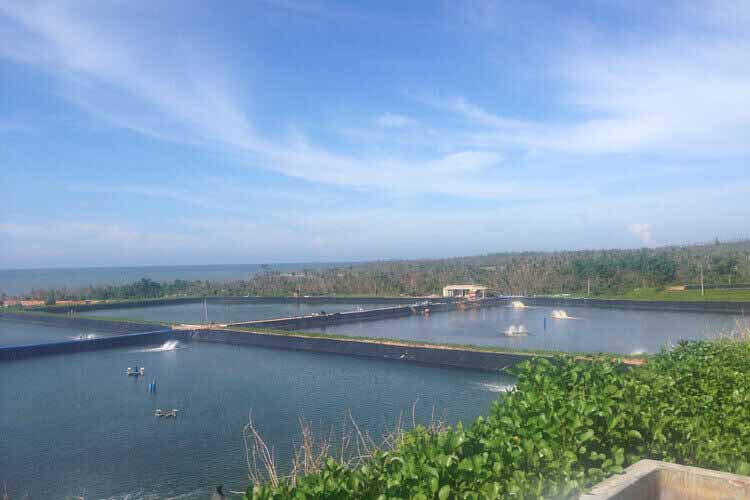HDPE geomembrane is a waterproof and impermeable material with thickness ranging from 0.2 mm to 3 mm. Its main component is high-density polyethylene, which has good impermeability, elongation and corrosion resistance. The performance has a larger range of working stability and a longer service life.
Geomembrane, also known as anti-seepage geomembrane and waterproof board, can be used in different fields, such as anti-seepage engineering, fish pond anti-seepage, aquaculture anti-seepage geomembrane, shrimp pond anti-seepage geomembrane, septic tank anti-seepage geomembrane Membrane, geomembrane for biogas digester, etc. According to the different requirements of the project for service life and thickness, use the geomembrane of corresponding thickness. The thickness of the impermeable geomembrane used for fish pond culture is generally recommended to be between 0.5-1.0 mm. The thickness of the geomembrane should be selected according to the on-site construction requirements and the customer's cost budget.
System stability: Compared with digging a pond, the use of HDPE geomembrane can stabilize the slope, help reduce the damage to the fish pond caused by natural conditions such as wind, rain, and waves, and maintain the stability of the system during use. Design and prevent fish ponds from losing farmed crops due to environmental damage. The use of impermeable geomembrane can make the slope of the pond steeper and deeper, which is equivalent to increasing production in disguise. Of course, the stability of the system also reduces the maintenance cost of the earthwork of the breeding pond.
Water storage: Due to the low permeability coefficient of the geomembrane, it has good water storage performance, prevents the water in the fish pond from infiltrating into the soil, detects the water level, and saves related water retention costs.
Reduce maintenance costs: It can inhibit the growth of algae in the water and is easy to clean. Since the geomembrane itself contains anti-ultraviolet additives, the geomembrane is not exposed to sunlight and is easy to maintain. The use of geomembrane can provide a convenient testing environment. Since maintenance costs and time are low, fishing is possible.
Increase production: After using the anti-seepage geomembrane, there will be no weeds, silt and other things that affect the fishing speed at the bottom of the pool, so you can fish. Reduce fishing time, enhance the vitality and freshness of fish and shrimp.